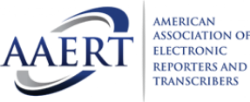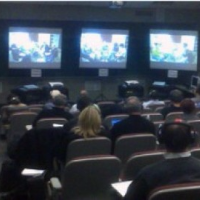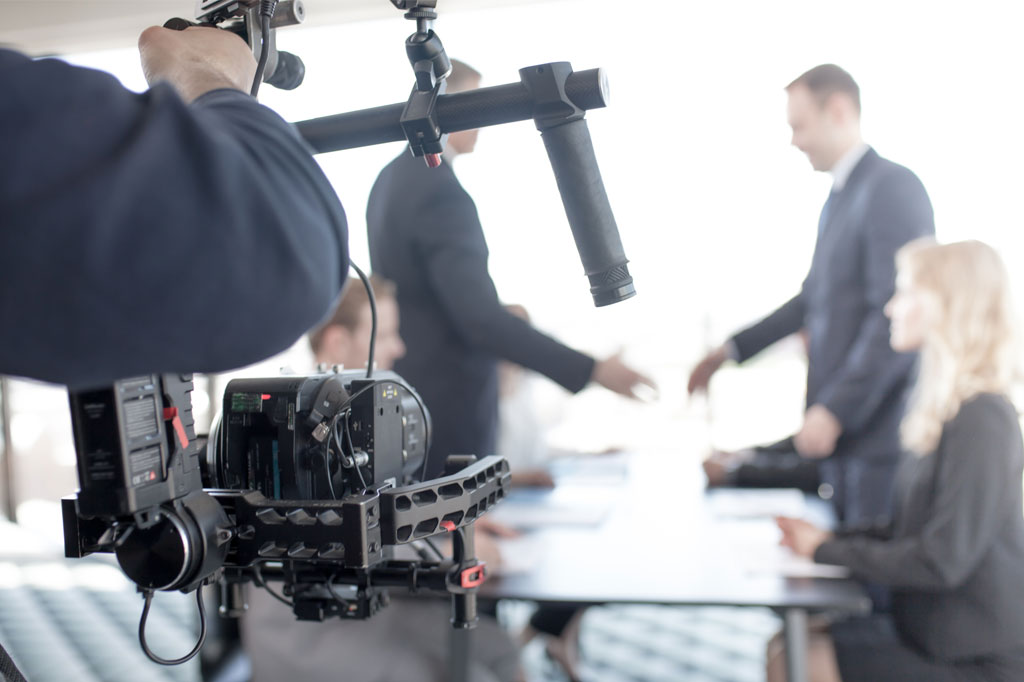Legal Videography: Enhancing Communication Between Lawyers and Clients
Just How Legal Videography Can Enhance Your Legal Approach
In the evolving landscape of legal technique, the integration of lawful videography arises as a significant device that can improve a legal method. As we explore the nuances of this practice, the inquiry emerges: exactly how can lawful videography redefine the method instances are offered and viewed in the court?
Benefits of Legal Videography

Lawful videography offers substantial benefits in the litigation procedure, boosting the general efficiency of legal technique. Among the main advantages is the ability to develop a visual document of proceedings, which works as a powerful device for providing evidence in court. This aesthetic documents can capture subtleties that could be overlooked in written records, providing a much more thorough understanding of the instance.
Additionally, lawful videography assists in the preservation of witness statements and depositions, making sure that vital testaments are kept in their initial context. This is specifically beneficial in situations where witnesses might come to be inaccessible because of unforeseen situations, as it safeguards the honesty of their declarations.
Additionally, the use of top notch video clip can dramatically improve the interaction of courts and courts. Aesthetic components commonly reverberate much more properly than message alone, making it less complicated for lawyers to convey complex disagreements and narratives.
Moreover, videography can aid in the development of situation method, permitting attorneys to examine taped products and improve their methods. Ultimately, these benefits highlight the indispensable role that lawful videography plays in modern-day litigation, optimizing results and boosting the efficacy of legal proceedings.
Enhancing Witness Testimonies
Recording witness testimonies on video clip not just preserves the credibility of their accounts yet also boosts the influence of their declarations throughout legal procedures. Video paperwork enables jurors and courts to perceive the subtleties of a witness's temperament, body movement, and psychological expressions, which can be essential in evaluating trustworthiness and reliability.
Moreover, the visual aspect of videography can produce an extra appealing narrative, permitting the court to get in touch with the statement on a personal degree. This link can dramatically affect their understanding and retention of the information presented.
Legal videography also offers to lessen the possibility for misinterpretation or miscommunication that can accompany created transcripts alone. By offering a clear and direct portrayal of the witness's account, it decreases ambiguity and ensures that the testimony is conveyed as meant.

Recording Depositions Properly
Effective deposition capturing is an important element of the litigation process, matching the enhanced witness testaments reviewed formerly. The primary goal of catching depositions is to produce an exact and trustworthy document that can be utilized throughout the lawful procedures. To attain this, lawful videographers need to utilize top notch tools and methods that make certain clearness in both audio and aesthetic parts.
A well-executed deposition needs careful preparation and coordination. In addition, selecting an ideal backdrop and making certain that all individuals are mounted properly can improve the professionalism of the recording.
Throughout the deposition, it is crucial to preserve a neutral disposition, allowing witnesses to express their testaments without interference - legal videography. Catching non-verbal signs, such as body language and faces, includes depth to the videotaped testament, providing vital context for later analysis. Eventually, reliable deposition capturing not only strengthens the lawful method but likewise works as an effective device for presenting a compelling narrative in the court
Providing Evidence in Court
Lawful videography enhances this process by giving a dynamic and interesting methods of presenting crucial proof, especially through depositions and witness testaments. High-grade video recordings permit jurors to observe not only the web content of the statement but also the behavior, tone, and body language of the witnesses.
Moreover, making use of legal videography makes sure that the evidence exists constantly and precisely, lowering the risk of misconception that can occur with traditional see page methods. Jurors can revisit video clip evidence during deliberations, allowing them to involve more deeply with the material. Furthermore, lawful videography can aid in illustrating intricate situations or technological info, making it much more obtainable to the court.
Improving Court Involvement
Through the strategic usage of lawful videography, attorneys can dramatically enhance jury interaction throughout tests. Visual narration article serves as a powerful device to record the jury's focus and communicate intricate information in an obtainable way. By including video clip proof, attorneys can produce an extra immersive experience that reverberates with jurors, facilitating better understanding of the instance.
Legal videography can display witness statements and specialist evaluations in an engaging format, enabling jurors to attach psychologically with the stories presented. This connection fosters a sense of involvement and financial investment in the procedures, which can ultimately influence their assumptions and choices. In addition, video evidence can streamline complex details, making it easier for jurors to preserve essential info.

Final Thought
In conclusion, lawful videography offers as a crucial device in the legal process, enhancing the overall performance of lawful methods. The combination of videography into lawful technique is therefore both useful and tactical.